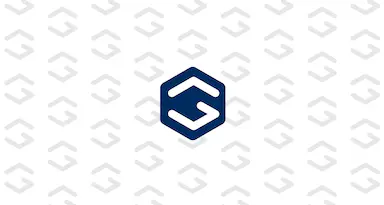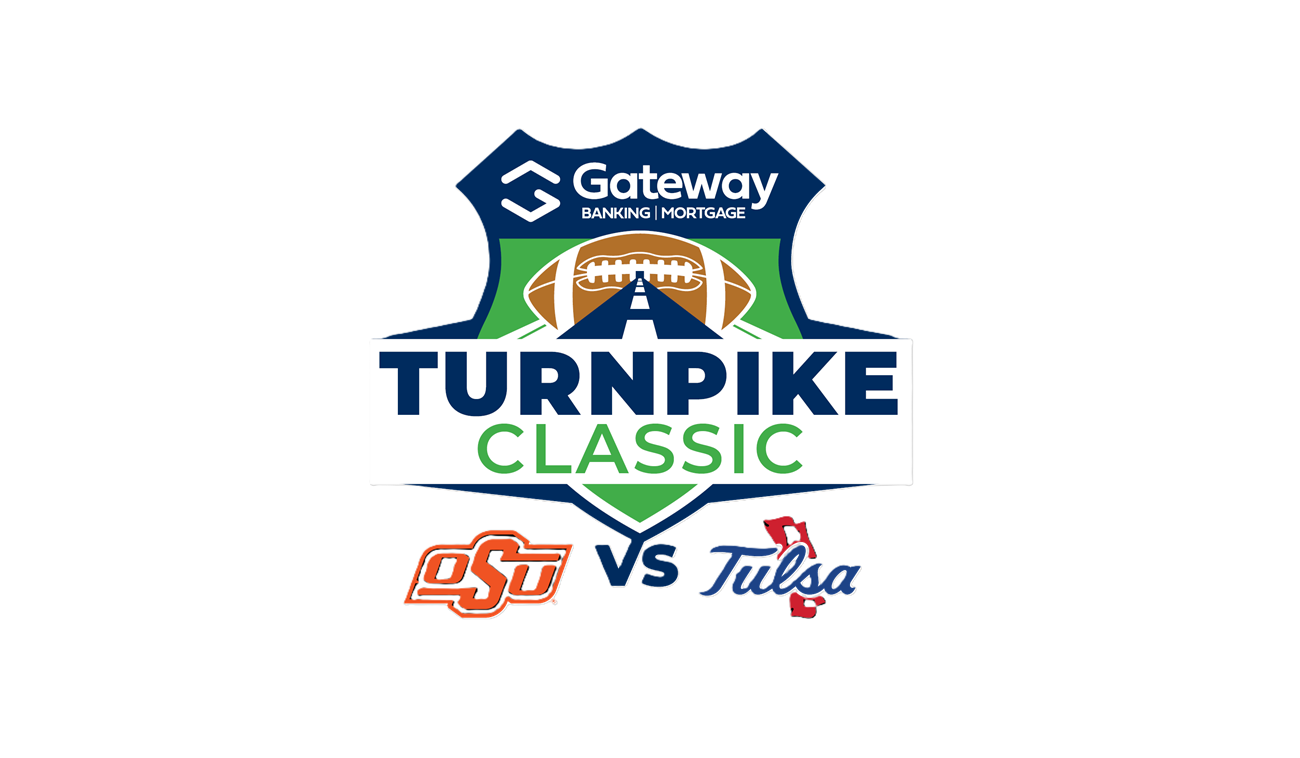Have you built a strategic plan? If so, has it been updated in a while? Have you communicated it with others inside your organization regularly so you can better align with each other’s goals, challenges, and timelines? Here are eight simple steps to building your strategic plan and implementing it.
1. Understand your organization’s strategic goals and objectives
I regularly spend time with executives ensuring I understand the company’s goals and objectives. But it is also important to understand how your executive team sees your department supporting these strategic goals and objectives.
2. Formulate a Mission Statement
A Mission Statement can be a valuable tool in describing to internal stakeholders why your Treasury Management department exists. It will help others understand how your department can and does add value to the organization. As you work to build yours, give thoughtful consideration as to why your department exists… what value can you or do you add to your company’s bottom line, organizational efficiency, and culture? Your mission statement will serve as your guiding light when building your strategic plan.
3. Formulate a Strategy Statement
Before you get started, it is important to understand the definition of STRATEGY. It is simply a broad primary outcome! It should be measurable and trackable. From there a strategy statement is easily built. For my department, this is “Become a recognized leader and provider of Treasury Management solutions within the communities we serve by implementing technologically advanced cash management products, hiring and developing top talent, and enhancing the customer banking experience to drive low-cost deposit growth, increase fee income, and generate new revenue streams.” You’ll note that we specifically described within our statement what we will do to meet our very broad-based outcome.
4. Set a high-level multi-year growth strategy
We began defining our approach for growth by including the types of clients we would focus our time and energy on developing, and our market areas. We further outlined our target market by defining industries and market segments in scope and out of scope.
Then we turned our focus to products and solutions, outlining our current product set and products under consideration. For the purposes of the plan, I advise that you keep this high level, or you’ll clear out every executive in the room when you review! A detailed internal product roadmap can be developed in tandem with, or subsequently to, this strategic plan, but that is for another article!
Lastly, we set measurable strategic goals and outlined our revenue streams (is your focus revenue from deposits, fee income, or some weighted combination?)
It goes without saying – challenge yourself and your team to make those goals SMART (specific, attainable, relevant, and time-bound)!
5. Formulate your Objectives
If you are like me, at this point you need a refresher on the difference between goals, objectives, and tactics.
A GOAL describes the approach you will take to achieve your desired broad and primary outcome – in this case, your strategy.
An OBJECTIVE describes what you want to do in order to meet the goal
TACTICS describe how you will meet your objective
As mentioned above, our department’s strategy statement is:
“Become a recognized leader and provider of Treasury Management solutions within the communities we serve by implementing technologically advanced cash management products, hiring top talent………”
A Strategic Goal might be: Build out the Treasury team to include an experienced Treasury Management Officer in each key growth market by the end of 2021.
An Objective: Develop and manage a talent pipeline of qualified candidates in each market.
A Tactic: Work with HR to develop and contact candidate list for interviews.
For our Treasury Management plan, we formulated 10 objectives and categorized them by financial, client and team development.
6. Formulate tactics
This will vary depending on the maturity of your department currently, not to mention your objectives and strategic goals.
Because we are a relatively new department within our organization operating in new markets, our tactics published within our strategic plan focus largely on how we will go to market with our products, solutions, and our team of experts. Yours may look completely different!
Regardless, tactics are useful in strategic planning because they are the activities that will help each member of your team make meaningful contributions to your objectives and ultimately your goals. Tactics are your plan of attack. I recommend formulating your tactics as a team so that everyone has buy-in!
Remember to include supporting information. Our team focused on tracking, high-level implementation and support for clients, and risk and oversight.
7. Share Your Plan
Once our plan was complete, I went on a bit of a “road show” reviewing it in depth with our entire executive team. I use it regularly to guide dialogues with other departments and stakeholders, onboard new team members, review business objectives and accomplishments with executives, and more.
8. Don’t let it get dusty
Honestly, this is my biggest challenge. Life gets in the way, after all! In fact, writing this article has inspired me to once again to review our goals, objectives, and tactics to aid in planning with the team. I am confident we will find renewed inspiration within our plan that will help lead us to success in the coming year. I bet you will find the same when reviewing your plan!
In Summary
Of course, much can be found on the internet about what to include in a strategic plan and how to build one. I encourage you to read up on the topic. Seek input. I think you will find that varying perspectives from around your company or from a mentor will only make your plan stronger and increase buy-in. And call upon your past experiences. Perhaps like me, you’ve served on strategic planning committees in the non-profit world. But most of all, just start. Happy Planning!
By: Ann Darnaby, Senior Vice President, Director of Treasury Services, Gateway First Bank
About Gateway First Bank
Gateway First Bank is a leading financial institution that provides banking and mortgage services for consumers and commercial customers. Headquartered in Jenks, Oklahoma, Gateway is a $1.9 billion asset sized bank with a strong mortgage operation. Gateway is one of the largest banking and mortgage operations in the United States with six bank branches in Oklahoma, over 160 mortgage centers in 42 states, and almost 1,600 employees. Learn more at www.GatewayFirst.com. Member FDIC, Equal Housing Lender (NMLS 7233)
Follow Gateway First on Facebook (https://www.facebook.com/GatewayFirstBank/), LinkedIn (https://www.linkedin.com/company/gatewayfirst/) and Twitter (https://twitter.com/Gateway1st).


